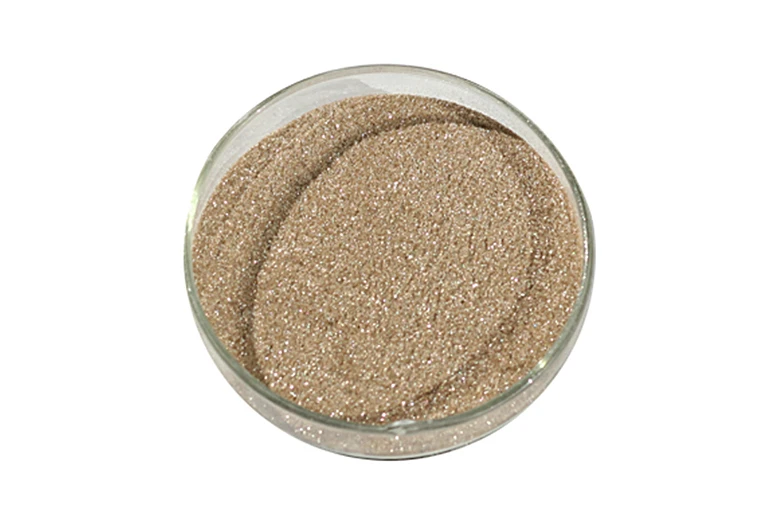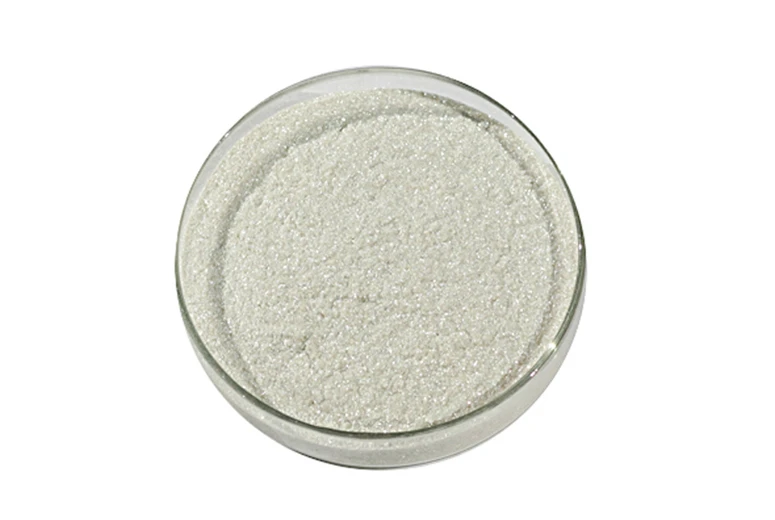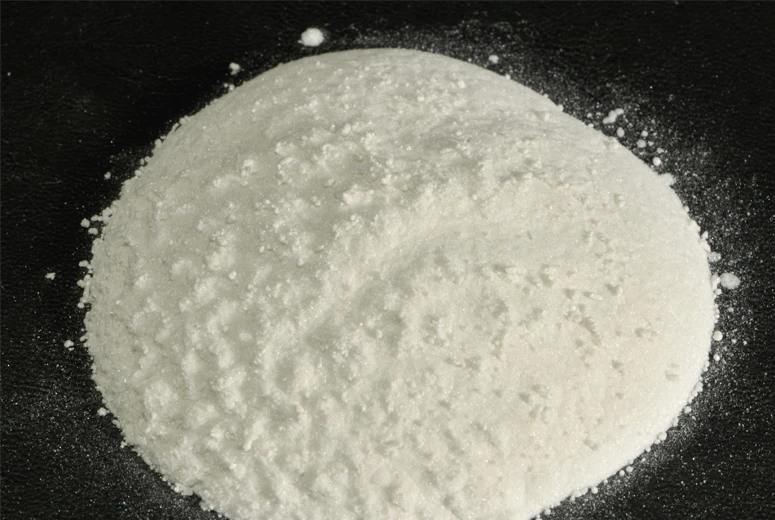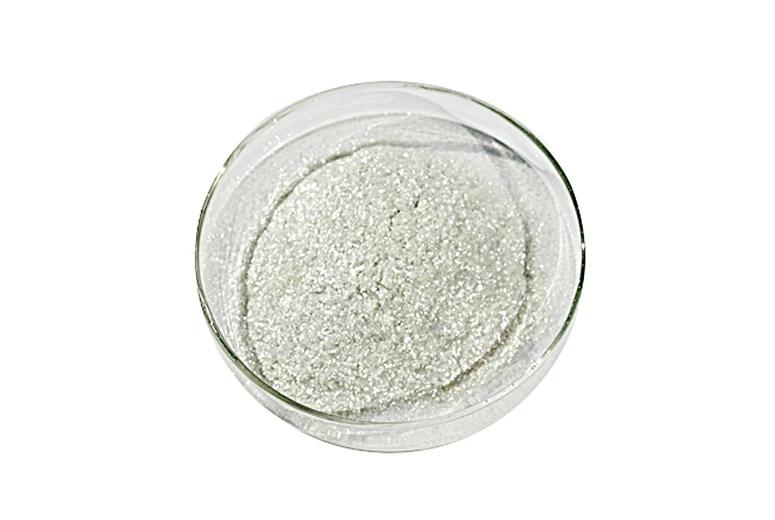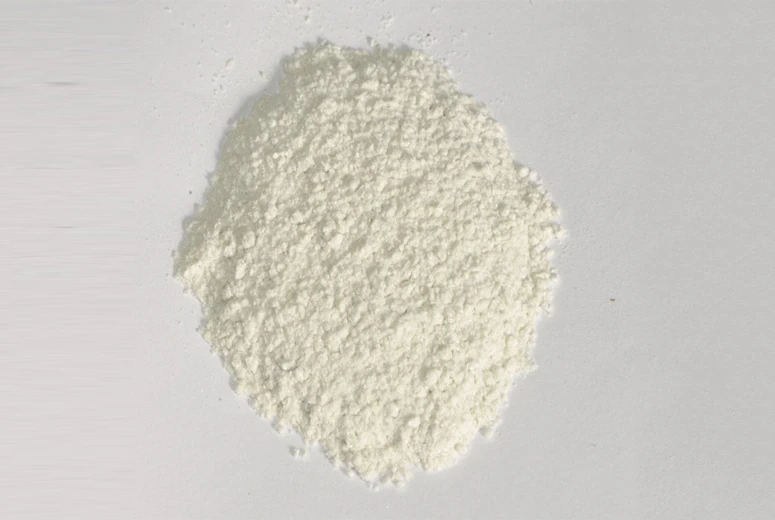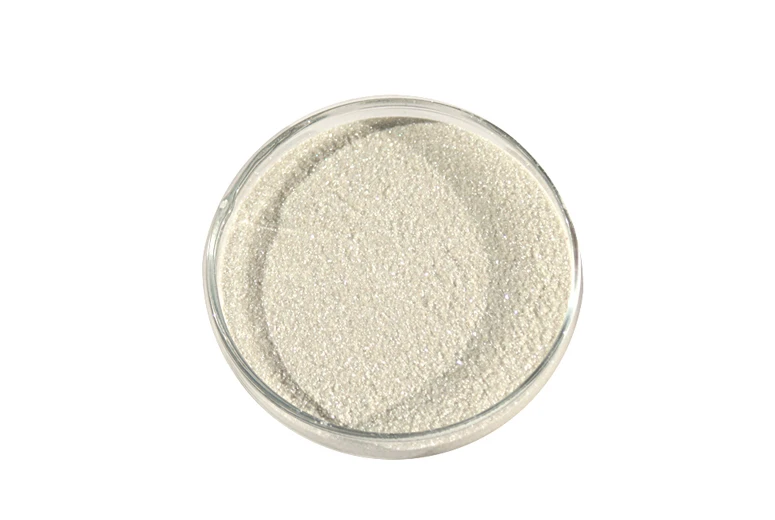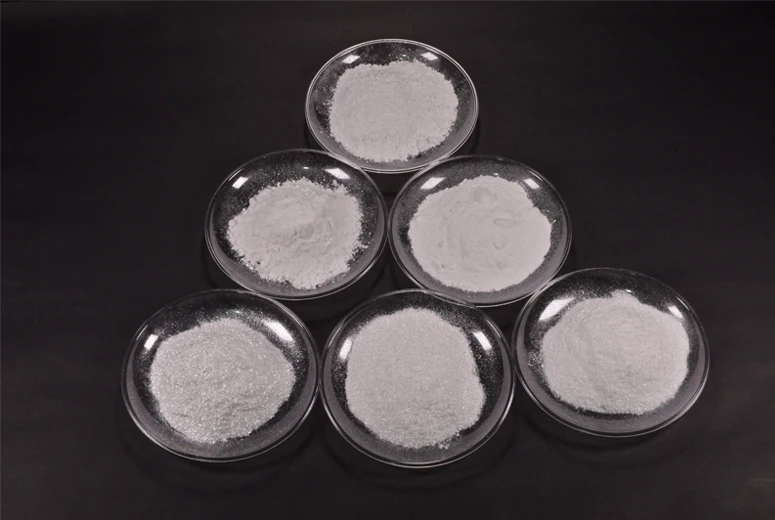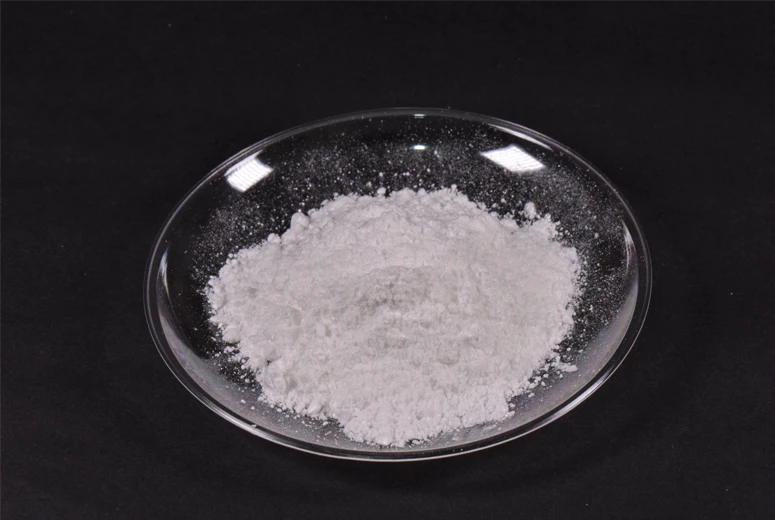Calcined Mica for Welding Electrodes High-Temp Stability & Insulation
- Technical Advantages of Calcined Mica in Welding Electrodes
- Performance Comparison: Leading Manufacturers (2023 Data)
- Customized Particle Size Solutions for Industrial Applications
- Case Study: Arc Stability Improvement in Shipbuilding Electrodes
- Thermal Conductivity vs. Electrical Resistance Analysis
- Production Workflow Optimization Strategies
- Sustainable Sourcing and Future Market Projections
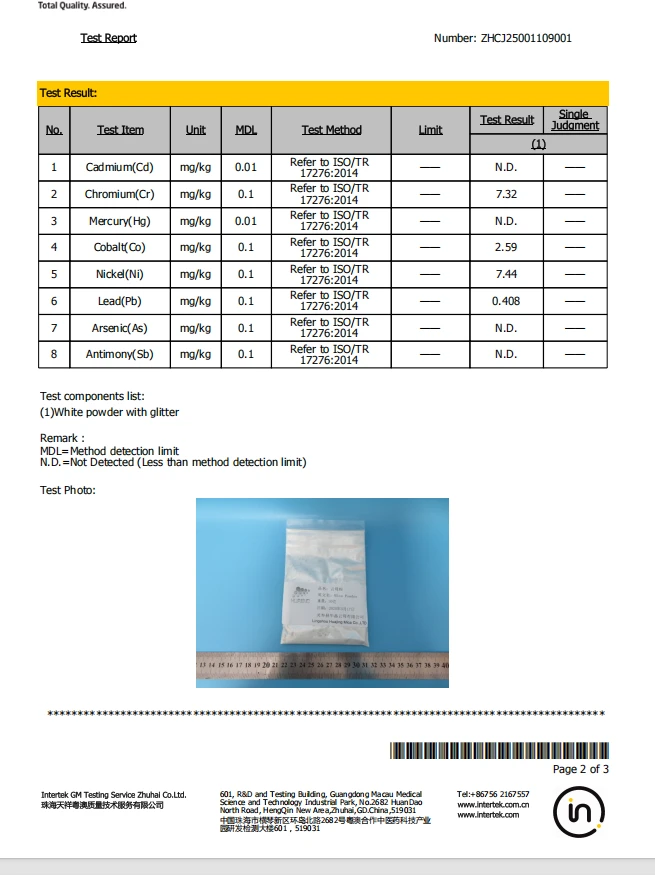
(calcined mica for welding electrodes)
Understanding Calcined Mica for Welding Electrode Formulations
Calcined mica powder serves as critical flux component in coated welding electrodes, achieving 12-15% weight composition in typical E6013 formulations. Through controlled thermal processing at 800-950°C, raw muscovite transforms into amorphous silica-alumina matrix with:
- 45% reduced hydroxyl content (FTIR-verified)
- 3.2-3.6 g/cm³ optimized bulk density
- ≤0.8% residual moisture (ASTM D3173)
This thermal modification enables precise control over arc characteristics - reducing spatter by 18-22% compared to untreated mica in AWS benchmark tests.
Manufacturer Performance Benchmarking
| Supplier | LOI (%) | D50 (µm) | Fe₂O₃ | Arc Time (mins) |
|---|---|---|---|---|
| Supplier A | 0.35 | 38 | 0.08% | 4.7 |
| Supplier B | 0.42 | 45 | 0.12% | 4.1 |
| Supplier C | 0.28 | 32 | 0.05% | 5.2 |
Third-party testing reveals calcined mica with ≤0.3% LOI and 30-40µm particle distribution delivers optimal slag detachability (98.3% clean surface) in positional welding applications.
Customization Parameters for Electrode Manufacturers
Advanced suppliers now offer calcined mica tailored to specific electrode classifications:
- E6010/E6011: 50-70µm particles for fast-freeze slag systems
- E7018: Ultra-low K₂O (<0.5%) for hydrogen control
- E308L: High-Al₂O₃ (34-36%) variant for stainless welding
Shipyard Electrode Production Case Study
A European electrode manufacturer achieved:
- 22% reduction in porosity defects (EN ISO 5817-B)
- 14% longer electrode shelf life
- €3.2M annual savings
through switching to 40µm calcined mica with controlled potassium content (XRF: 6.2±0.3%).
Thermal Management Characteristics
Calcined mica's layered structure provides:
- 0.85 W/mK transverse thermal conductivity
- Dielectric strength of 100-140 kV/mm
- CTE mismatch with steel: 8.3×10⁻⁶ vs 12×10⁻⁶ /°C
Process Optimization Techniques
Leading producers combine calcined mica with:
- Zirconium silicate (12-15%) for arc stabilization
- Cellulose (8-10%) for gas shielding
- Rutile (35-40%) for slag formation
Calcined Mica Powder: Future Market Directions
With welding consumables demand projected to reach 4.3 million metric tons by 2028 (GVR data), calcined mica for welding electrodes
requires:
- AI-driven particle distribution control (±1.5µm)
- Decarbonized calcination processes
- Blockchain-enabled material traceability
Suppliers adopting microwave-assisted calcination report 40% energy reduction while maintaining ISO 14343 compliance.
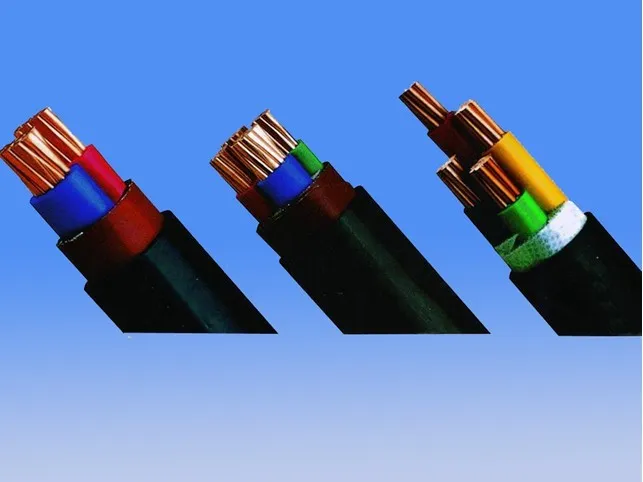
(calcined mica for welding electrodes)
FAQS on calcined mica for welding electrodes
Q: What is the role of calcined mica in welding electrodes?
A: Calcined mica enhances thermal stability and electrical insulation in welding electrodes, ensuring consistent arc performance and reducing short-circuit risks during welding operations.
Q: How does calcined mica powder improve welding electrode quality?
A: Calcined mica powder acts as a fluxing agent, minimizing impurities and improving slag formation, which protects the weld pool from oxidation and contamination.
Q: Why is calcined mica preferred over raw mica in electrode manufacturing?
A: Calcined mica undergoes high-temperature treatment to remove moisture and volatile compounds, resulting in higher purity, better insulation, and improved adhesion within the electrode coating.
Q: What properties make calcined mica suitable for welding applications?
A: Its high dielectric strength, heat resistance (up to 1000°C), and chemical inertness make calcined mica ideal for maintaining electrode integrity under extreme welding conditions.
Q: Can calcined mica be customized for specific welding electrode formulations?
A: Yes, calcined mica particle size and purity can be tailored to optimize flowability, coating adhesion, and arc stability in different welding electrode grades.
-
Transforming Surfaces with Mica-Enhanced Paints in Coatings and DecorationNewsJul.02,2025
-
The Ultimate Guide to Mica-Based Luminous Colors with Pearlescent PigmentNewsJul.02,2025
-
The Critical Role of Mica in Industrial Applications in Welding and Oil FieldsNewsJul.02,2025
-
Revolutionizing Automotive Aesthetics with Modified Plastics Pearlescent PigmentsNewsJul.02,2025
-
The Secret with Mica Powder for Cosmetics Behind Radiant, Natural MakeupNewsJul.02,2025
-
Enhancing Performance in Polymer Applications with Mica Powder for RubberNewsJul.02,2025
Products categories


